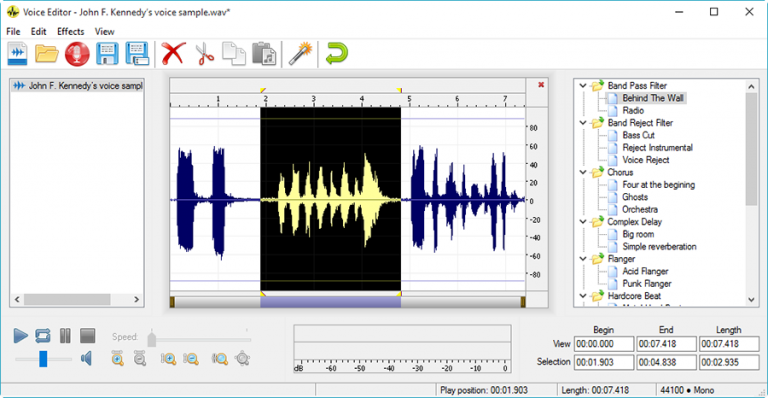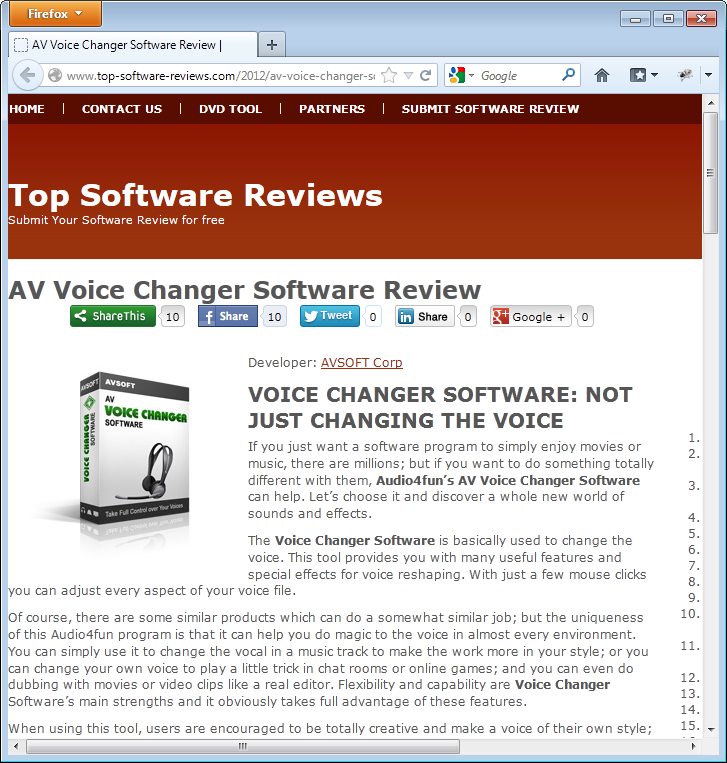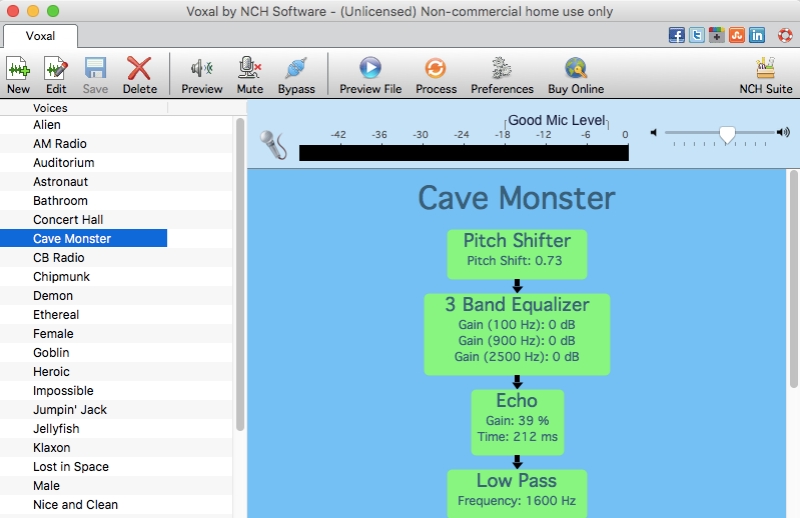

Project VoCo undermines this import placed on the ability to perceive differences in sound. This premise is based on the human ability to perceive differences in visual and auditory cues.

The current law surrounding the admissibility of voice evidence is based on the assumption that-as with all real evidence-juries are inherently capable of assessing the weight of the evidence. With Adobe’s advent of Project VoCo, and with other companies beginning to create similar products that operate more quickly, the courts must be made aware of the new technology, and issues associated with the best way of preparing for its arrival. The next great threat to the reliability and authenticity of recordings of the human voice is looming on the horizon. Now that most voice recordings are digitized, the data which recordings are comprised of may be more readily manipulated.

These mediums were difficult to tamper with after recordation, and thus the bar for introducing evidence of voice recordings was set understandably low at the time the Federal Rules were formed. When voice recordings were first introduced, the recordings were preserved on physical mediums such as cylinders of wax used in the phonograph, or later at the time the Federal Rules of Evidence were enacted, on tape recordings. The invention of recording gave practitioners an opportunity to capture the human voice for later reproduction. One type of evidence whose genesis was created due to technological innovation was the voice recording in 1878.

In order to prepare for new technologies, courts must consider how they can be used to provide novel forms of evidence, or conversely, how the new technology may threaten existing and well established forms of evidence. Although the field of law has felt the positive impacts of technological advancement, it also has the opportunity to be manipulated by it. Law is uniquely situated in a position where it must play both ends. There are few areas of civilization that are as equally susceptible to the benefits and hurdles of new technologies as the law. With every new advance in human ingenuity comes a reciprocal a set of new problems that had never been at issue prior to the new invention. There is little debate that, as a whole, strides in technology make the human experience more convenient and productive. In today’s technologically advancing world, evidence can be effortlessly manipulated in more ways than were imaginable even a few years ago. As a result of this interconnection between voice and identity, voice recordings and identification have become essential to the legal process. Because individuality of voice is a phenomenon implicitly understood by all humans, our words have become intertwined with our identity. Every word which departs from our lips carries an exclusive trademark which identifies those words as belonging to an individual. The human voice serves as the carrier for our words, thoughts, and feelings each of us is imparted with a unique voice that allows us to be identified amongst a group. Cite as: Nicholas Mirra, Putting Words in Your Mouth: The Evidentiary Impact of Emerging Voice Editing Software, 25 Rich.


 0 kommentar(er)
0 kommentar(er)
